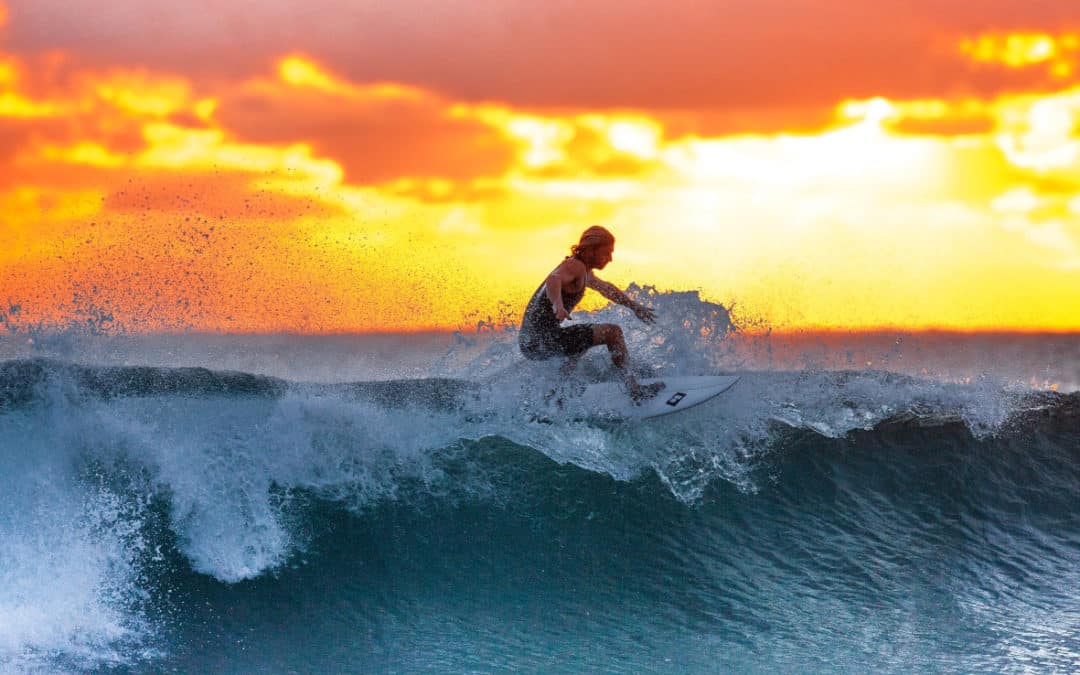It’s been said many times that a journey of a thousand miles begins with a single step. Fortunately, the first step in the recovery process is often simply having a sincere desire for real change. If you truly want to recover from your addiction, that’s good news. You’ve already taken the first step on your journey to recovery.
Whether your addiction centers around alcohol, smoking, or drug use, there are many helpful techniques and therapies to treat your addiction. Each is designed to help you succeed in your desire to end your addiction, change your behaviors and thinking, and live a lifetime of recovery. One such technique, urge surfing, has helped a number of people overcome their addiction(s).
What Is an Urge?
In order to understand the true benefits of urge surfing, it is important to understand what urges are. An urge is defined as a pressing want or a very strong craving or desire that compels you to seek the item or substance that will satisfy you. These urges can even drive an individual to act impulsively or in an irresponsible manner.
By the time most people admit to their addiction, they’ve lost the connection between their craving and their addictive behavior. However, if a person was to look more closely, they would probably see their behavior was preceded by a strong physical and/or emotional feeling, a memory or a thought, or even an event.
Some of the common feelings, events, and thoughts that occur before addictive behavior include:
- Feeling bored, angry, lonely, or anxious
- Habitual behaviors relating to certain events, i.e., social situations, family get-togethers
- Low self-esteem or other self-defeating thoughts
Before a person engages in addictive behavior, they can feel an intense physical, mental, or emotional urge which they feel unable to resist. This can lead them to repeat the addictive behavior again and again. Over time the cycle of experiencing an urge and always responding to it by giving in can become an automatic response.
What is Urge Surfing?
For those experiencing addiction, repeatedly giving in to an addiction can be very discouraging. Many times, the addict already knows in advance they will regret giving in, yet they feel powerless to do otherwise. Old school thought always promoted “resolve and strength” to deal with addictions. However, strength and resolve can disappear when faced with a craving.
Rather than relying on your ability to fight your urges, you can rely on a new way of thinking. Urge surfing encourages a person to become a mere observer and mindful of their craving.
With the right help, a person can become trained to mindfully observe the urges leading up to their addictive behavior(s). The ocean waves, like your urges, can come in strong but slowly dissipate over time. An addict can learn how to surf and “ride the wave” as the urge peaks and begins to fade away.
The History Behind Urge Surfing
Dr. G. Alan Marlatt, a clinical psychologist, was both the director and founder of the Addictive Behaviors Research Center located at UW (University of Washington). It was Dr. Marlatt who first developed the idea of urge surfing.
Dr. Marlatt observed that cravings, while they may manifest in different ways (e.g., headaches, feeling tense, nausea) in different people, all had something in common. If a person simply learned to acknowledge and observe their cravings without judgment, it became possible for them to “ride the wave” of their urge rather than give in.
Dr. Marlatt believed the best way to deal with cravings was to become aware of the physical, mental, and emotional symptoms leading up to the addictive behavior. Observe these urges, instead of fighting against or acting upon them. He believed that by practicing urge surfing, a person could develop a new, more positive path — leaving their old urges to eventually subside.
Can Urge Surfing Help During Addiction Recovery?
Recognizing that a person can learn how to train their behavior by changing their thoughts and emotions, has led addiction specialists to include urge surfing techniques in their recovery programs. Urge surfing can be particularly helpful when paired with tools such as meditation and cognitive behavior therapy (CBT).
Cognitive behavior therapy techniques and meditative guided imagery techniques are used to guide a person in a more positive direction. Urge surfing, like these techniques, can be helpful in changing a person’s behaviors and thoughts. This type of surfing can be incorporated into a recovery plan for those addicted to drugs or alcohol in order to reduce giving into urges and cravings.
Urge Surfing: How is it Done?
Urge surfing is sometimes referred to as a mindfulness technique. This is a type of technique that is designed to bring your complete attention to the present moment. This can be accomplished by undertaking the following steps:
- Find a quiet place where you can sit comfortably with your eyes closed.
- Focus your attention on the source of your cravings, whether it’s a physical sensation, a thought, or an emotion.
- Observe and calmly describe to yourself the sensation you are feeling.
- After a minute or two of observation, shift your focus to your breathing pattern.
- After focusing on your breathing pattern for a short period of time, shift your observation back to the sensation related to your craving.
- You should notice that as your breathing becomes calmer, so does your craving.
- Repeat this exercise any time the urge to indulge in your addiction arises.
Find Help for Addiction
If you’re struggling with some type of addiction, the next step beyond the desire to quit is to reach out for help. Addiction recovery specialists are highly-trained professionals who genuinely understand that successful recovery involves the application of helpful techniques without shame or judgment.
Different mindfulness techniques like urge surfing, along with evidence-based therapies can help you find recovery from your addiction. At Healthy Life Recovery, we incorporate activity-based therapies such as surfing, skateboarding, and yoga to help aid the recovery process. If you or a loved one is struggling with addiction please reach out to Healthy Life Recovery. We can help answer any questions you may have and provide information on our recovery programs.






